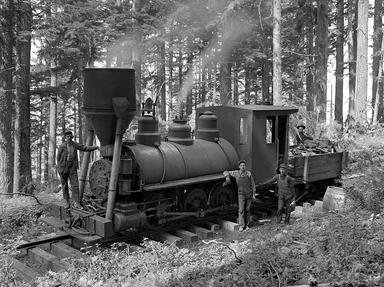Quiz Answer Key and Fun Facts
1. During the first "Red Scare," the U.S. Congress passed two acts; one, the Espionage Act targeted those who would give aid and comfort to the enemy, and the other was the Sedition Act which targeted socialists, pacifists, and anti-war activists. What specific types of organizations were the target of the Sedition Act of 1918?
2. Who was Luigi Galleani?
3. What strike did President Wilson claim to be a "CRIME AGAINST CIVILIZATION"?
4. What name was given to the raids conducted under the auspices of the U.S. Justice Department that violently and abusively rounded up and deported suspected communist sympathizers?
5. What organization was created as a direct result of the Palmer raids?
6. Following the end of WWII a period known as the "Cold War" heated up between the U.S. and the Soviet Union. Apprehension about espionage activities by the USSR led to President Truman signing Executive Order 9835, which was also known as the "Loyalty Order" in 1947. To deal with such activity the House of Representatives formed a committee. What was the name of this committee?
7. Three events that helped to intensify fears of a global communist uprising happened in rapid order in 1949-1950. In what order did these events occur?
8. The "Red Scare" had a wide-ranging impact on the American way of life. Schools conducted air-raid drills, back-yard bomb shelters were all the rage and American society turned vastly more conservative. In 1951, the U.S. Supreme Court ruled that the First Amendment's free speech clause did not apply to accused communists. Name the court case.
9. If you went to school during the 1950s or early 1960s, you'll remember the "duck and cover" drills. What was the name of the animated character in the film that was meant to educate children on the dangers of nuclear war?
10. In response to the "Red Scare" of the 1940s the U.S. Congress passed, and President Truman signed, an act designed to prevent espionage, sabotage, and other subversive activities. It allowed for the deportation of suspected communists. What was the name of this 1950 act?
Source: Author
ncterp
This quiz was reviewed by FunTrivia editor
trident before going online.
Any errors found in FunTrivia content are routinely corrected through our feedback system.
